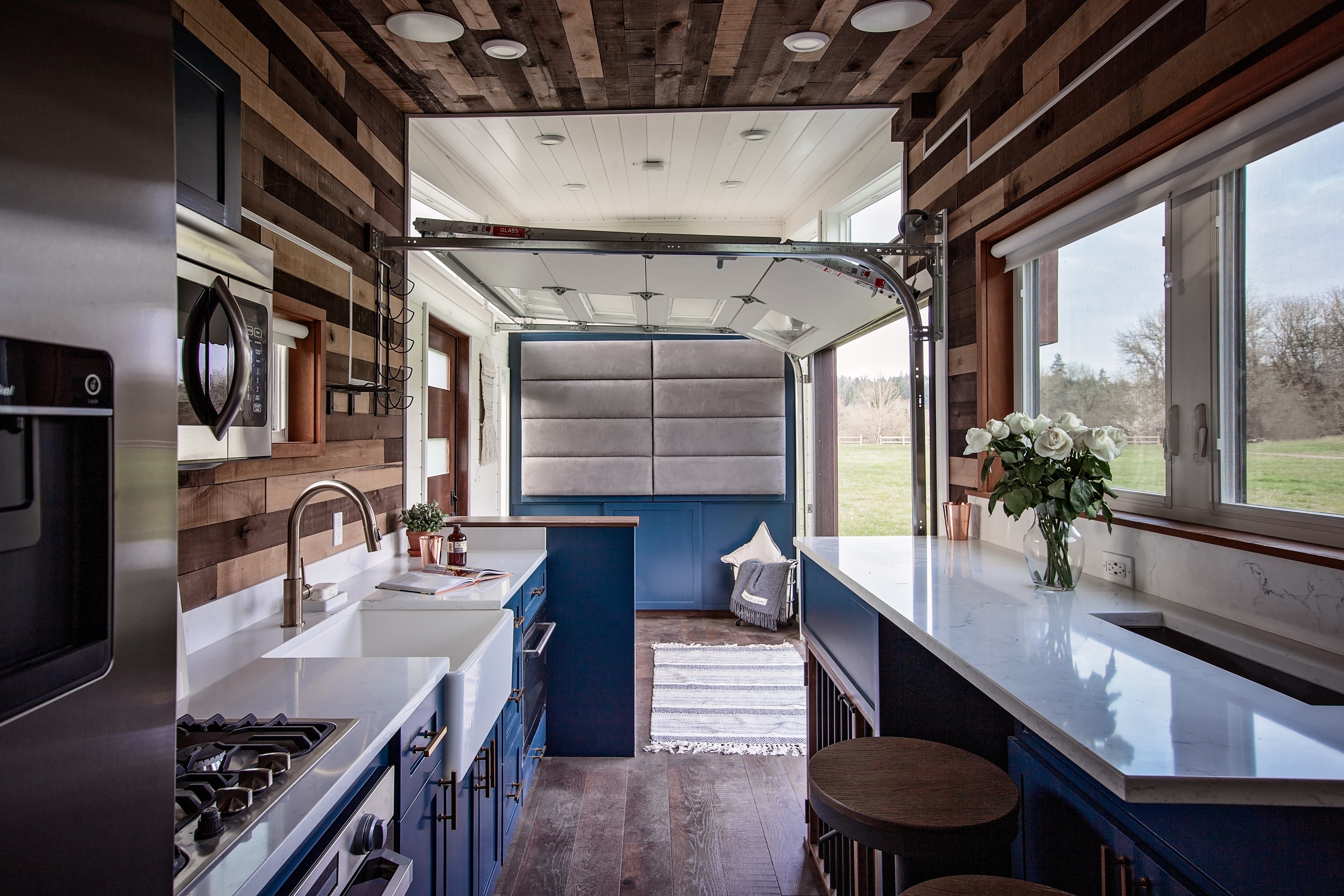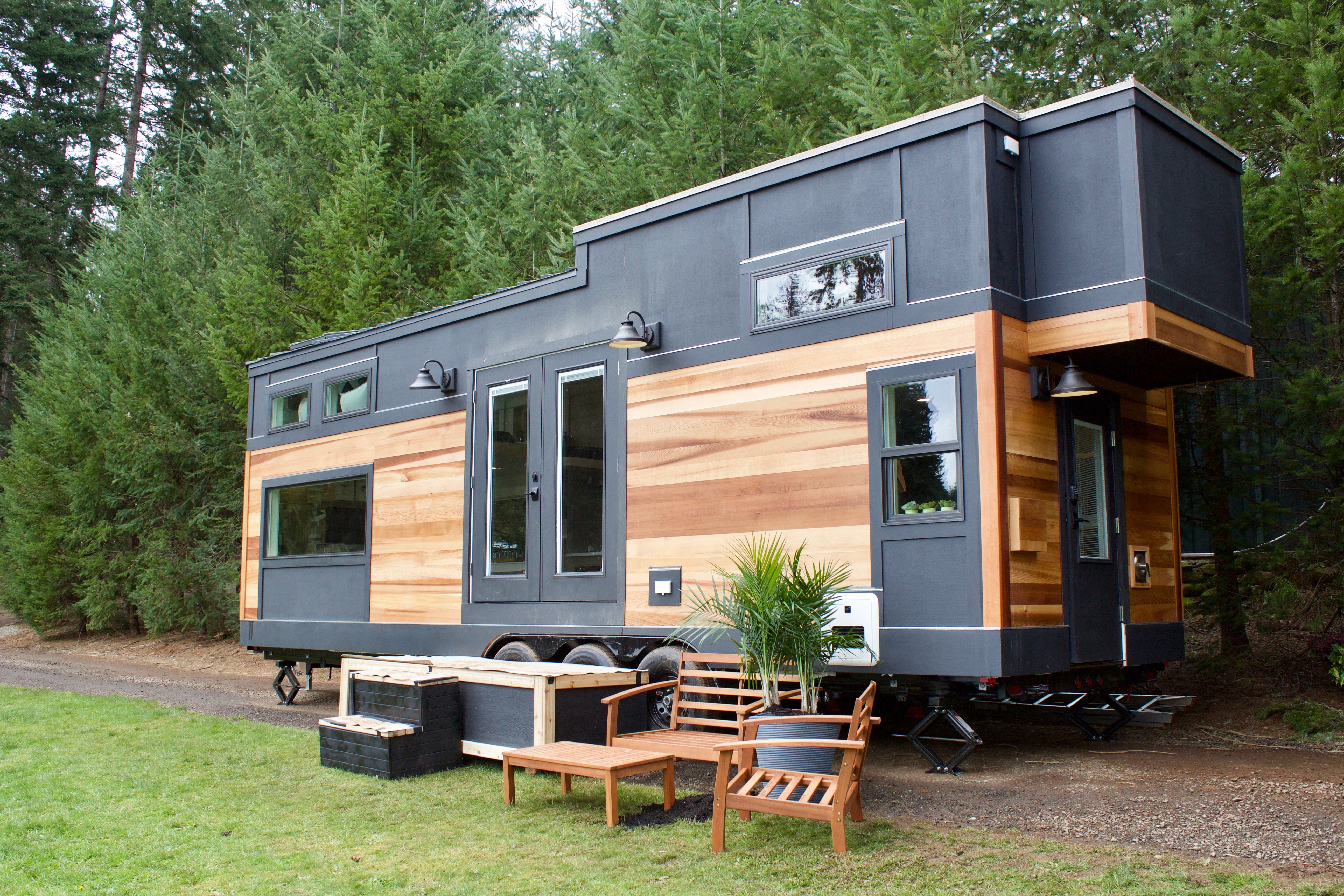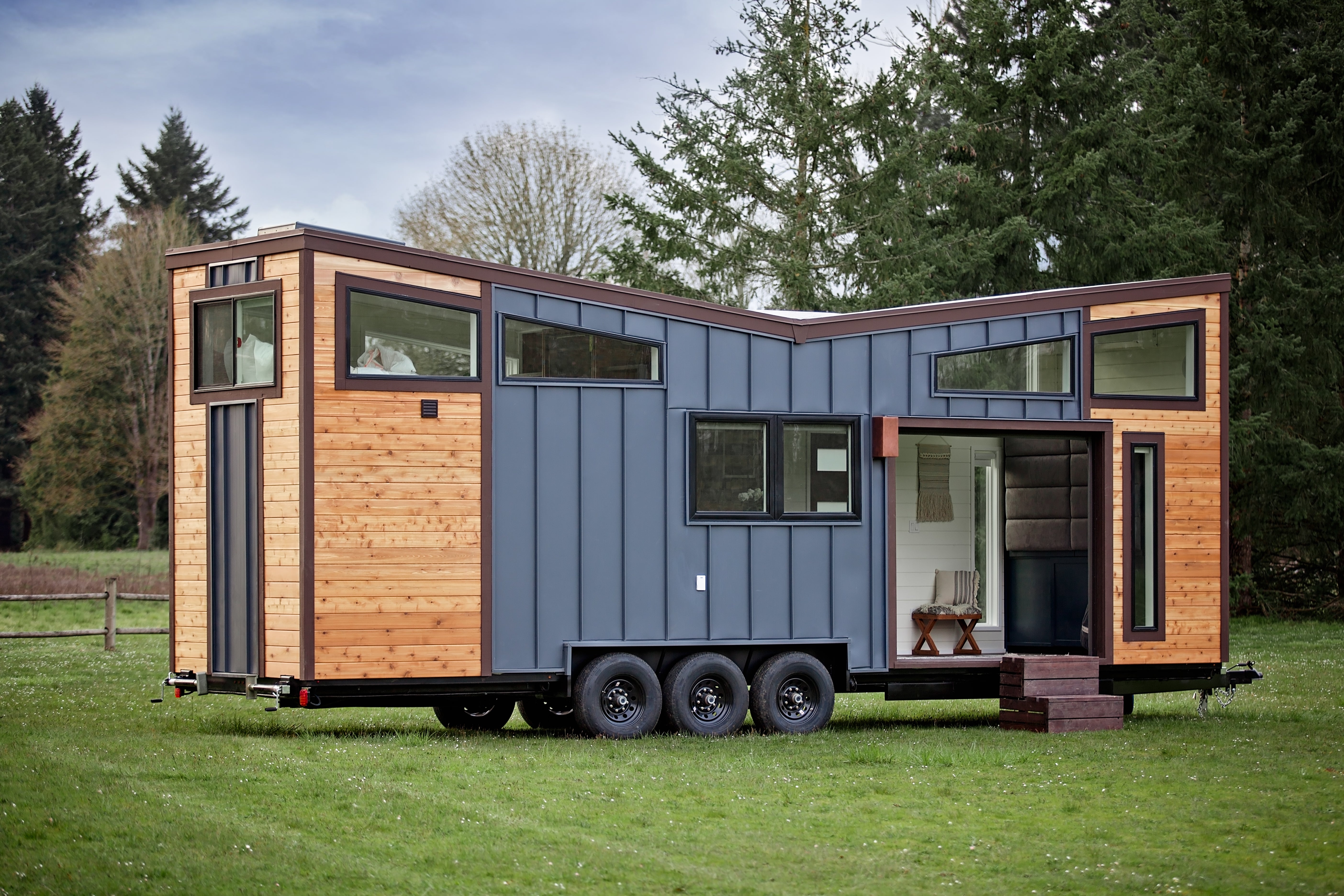Trash builds up fast in a small space. A single day of cooking or cleaning can fill the bin fast. Without a regular trash service, the mess is always in sight. If your home is off-grid or mobile, you might not have access to public pickup either.
This is where waste management becomes essential. It is not about reaching zero waste. It is about setting up a routine that fits your home and your lifestyle. Some people compost.
Others sort and drive to drop-off sites. Some use a private collection such as Fusion Waste trash removal services. What matters is that the system works and you stick with it.
Why Waste Management in Tiny Homes Needs a Different Approach
Living in a tiny home changes the way you handle basic systems. Trash is not something you can ignore for a week. With limited storage and often no built-in pickup, your setup needs to be simple, fast, and consistent.
Space Constraints
Small homes do not leave much room for waste. A standard kitchen trash can might already take up too much floor space. If your home does not have exterior storage or a shed, every bag of trash or bin of recyclables has to live inside until you take it out. That means even one day of poor planning creates clutter. You do not have the luxury of tossing full bags in the garage or waiting for bulk pickup. In a tiny space, waste management is part of your daily routine.
Off-Grid or Mobile Living Challenges
Many tiny homes are built on trailers or parked in rural areas, far from city services. That setup often means there is no standard trash service. You have to figure out your own plan for pickup, drop-off, or long-term storage.
If you move frequently, your routine needs to work no matter where you park. Some counties have strict rules on what types of waste can be left at public bins or recycling centers. Other areas may require permits or charge disposal fees. In off-grid settings, there is no system to rely on. You handle every part of waste management yourself, including sanitation.

Key Waste Categories and How to Handle Them
Sorting waste into clear categories makes everything easier. When you know what goes where, you can set up a system that fits your space, your schedule, and your access to services. In tiny homes, this kind of structure helps you stay organized.
Organic Waste
Food scraps and biodegradable materials make up a big part of household trash. In a full-sized home, most of it gets tossed out. However, in a small space, allowing organic waste to accumulate is a quick way to attract pests and unpleasant odors. That is why composting is one of the most common strategies among tiny homeowners.
There are several options available, depending on the amount of space you have. A simple countertop bin with a tight-sealing lid can hold scraps for a few days. Some people also use bokashi systems, which rely on fermentation and are suitable for use indoors.
Recyclables
Use three separate bins: one for plastic and metal, one for glass, and one for paper. This keeps sorting easy and helps avoid overflow. If you’re sharing the space, adding labels makes it easier to keep things organized. Some people rinse and flatten recyclables right after use to avoid odors and save space. If your local recycling center has special rules, it helps to keep a printed list of accepted materials nearby so you do not haul anything that will be rejected.
Drop-offs usually happen weekly or monthly, depending on how often you travel or how far the nearest site is. Many tiny home dwellers incorporate this into their routine.
General Trash
Whatever does not go into compost or recycling ends up in the general trash. This includes packaging, broken items, single-use plastics, used hygiene products, or anything not accepted at drop-off sites. Minimizing this category is key. The fewer bags you produce, the less often you need to deal with disposal. It starts with smarter buying habits. Avoid items with excessive packaging. Choose tools and appliances that are built to last. You can also swap paper towels for reusable cloths and use refillable containers instead of disposable ones.
Sustainable Waste Management Systems You Can Set Up
Tiny homes rely on systems that are simple, space-efficient, and built for daily use. You do not need high-tech tools or complex installations. You need solutions that match your routine and the space you live in.
Composting Toilets
A composting toilet handles human waste without a septic tank or sewer hookup. It separates solids and liquids, uses no water, and can be installed in most tiny homes with minimal space. This system is common among off-grid homeowners because it works independently and keeps odors under control when properly maintained. Solids are collected in a removable container and usually covered with sawdust, peat moss, or coconut coir.
Greywater Systems
Greywater refers to used water from sinks, showers, or washing machines. It is not safe to drink, but it can be reused for things like watering plants or flushing certain types of toilets. In a small home, capturing and reusing greywater helps reduce water waste and eases pressure on storage tanks.
DIY Trash Sorting Stations
Sorting waste is easier when everything has a place. A sorting station helps you keep recyclables, A sorting station helps you keep recyclables, compost, and general trash separated and under control. In a tiny home, this often means getting creative with space.
Some people use drawer organizers under the sink. Others install wall-mounted bins or stackable containers that tuck into corners. You do not need full-size bins. You need containers that are easy to empty and clearly labeled, so nothing piles up or ends up in the wrong place.

Tips to Reduce Waste in a Tiny Home
The easiest way to manage waste is to prevent it. Small spaces do not give you room to store bags of trash or piles of recyclables. So instead of dealing with waste later, it helps to change your habits up front.
-
Buy in bulk using your own containers: This works well for dry goods, spices, and household staples. Many local stores allow you to fill glass jars or cloth bags instead of using pre-packaged items. It reduces hazardous waste and eliminates the clutter of unnecessary packaging at home.
-
Choose reusable over disposable: Swap paper towels for washable cloths. Use beeswax wraps instead of plastic wrap. The fewer single-use items you bring in, the less you have to throw out later.
-
Avoid products with heavy packaging: Look for items sold without plastic clamshells or foam trays. Choose brands that use recycled materials or ship in cardboard instead of plastic. If you order online, bundle items together to reduce extra boxes.
-
Repair before replacing: Fixing a torn shirt or re-gluing a broken handle might take a few minutes, but it keeps one more item out of the landfill. Keep a basic tool kit or sewing kit in your home so you are ready when something breaks.
-
Use refillable containers for cleaners and toiletries: Refill stations are more common now. Instead of tossing another bottle, bring your own and fill it with dish soap, shampoo, or cleaning spray. This helps avoid plastic waste and saves money in the long run.
Final Thoughts
Managing waste in a tiny home is something you build into your day, whether that means sorting bins under the sink or remembering to bring refill containers to the store. The space you live in shapes your routine. If something takes too much effort, it gets skipped. So the system has to fit how you actually live.
You do not need to get everything perfect. Focus on the parts that actually make your routine easier. If something fits your space and helps you stay consistent, keep using it. If it creates more hassle than it solves, let it go.






Share: